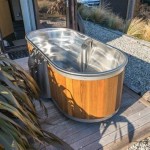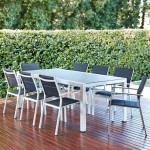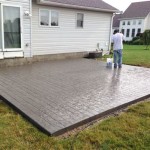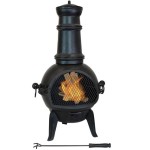Outdoor Pot Belly Wood Stove: A Comprehensive Guide
Outdoor pot belly wood stoves are a versatile and efficient way to enjoy cooking and heating outdoors. They are perfect for camping, tailgating, or in any outdoor space where you need a portable heating and cooking solution.
Essential Features of a Pot Belly Wood Stove
When choosing an outdoor pot belly wood stove, there are several essential features to consider:
- Size: The size of the stove should be appropriate for the space you will be using it in. Smaller stoves are ideal for camping and tailgating, while larger stoves are better suited for heating and cooking in larger outdoor areas.
- Material: Pot belly stoves are typically made of cast iron, steel, or stainless steel. Cast iron is durable and retains heat well, but it is also heavy. Steel is lightweight and heats up quickly, but it can rust. Stainless steel is corrosion-resistant and easy to clean, but it is more expensive.
- Cooking Surface: The cooking surface should be large enough to accommodate the size of pots and pans you will be using. Some stoves have a flat cooking surface, while others have a ridged surface that is ideal for grilling.
- Firebox: The firebox is where the wood burns. It should be large enough to hold a sufficient amount of wood to keep the fire burning for several hours.
- Ash Pan: An ash pan collects the ashes from the fire. It should be easy to remove and empty.
- Flue: The flue allows smoke and gases to escape from the stove. It should be long enough to extend above the roof of the structure or tent where the stove is being used.
Benefits of Using a Pot Belly Wood Stove Outdoors
Outdoor pot belly wood stoves offer several benefits, including:
- Portable: Pot belly stoves are relatively portable, making them easy to transport and set up in different locations.
- Efficient: Wood stoves are a very efficient way to heat and cook outdoors. They can burn for several hours on a single load of wood.
- Versatile: Pot belly stoves can be used for a variety of purposes, including cooking, heating, and boiling water.
- Affordable: Pot belly stoves are a relatively affordable option for outdoor heating and cooking.
- Durable: Pot belly stoves are made of durable materials that can withstand harsh outdoor conditions.
Safety Tips for Using a Pot Belly Wood Stove
When using a pot belly wood stove, it is important to follow these safety tips:
- Never leave the stove unattended: A wood stove can quickly overheat and start a fire if left unattended.
- Keep the stove away from flammable materials: The stove should be placed at least 3 feet away from any flammable materials, such as tents, awnings, or furniture.
- Use dry, seasoned firewood: Wet or unseasoned firewood can produce excessive smoke and creosote, which can clog the flue and start a fire.
- Open the flue before starting a fire: The flue should be open to allow smoke and gases to escape from the stove.
- Never burn trash or other materials in the stove: Burning trash or other materials can produce harmful fumes and damage the stove.
- Inspect the stove regularly: The stove should be inspected regularly for any signs of damage or wear. Any damage should be repaired before using the stove again.

Pot Belly Stove Outdoor Wood Heater With S Instructables

Sarsden Cast Iron Pot Belly Wood Heater Bare Outdoors

Pot Belly Stoves The Stove Co

What Happened To Potbelly Stoves Evolution Of The Modern Stove

Pin Page

Fantastic Home Made Pot Belly Wood Stove First Lighting

1869 Caboose Potbelly Coal Stove Us Company
Cast Iron Wood Stove Outside Prevent Rust Waterproof Hearth Com Forums Home

Fireplace Com Vogelzang Cast Iron Railroad Potbelly Wood Stove

Masport Klondike Pot Belly Stove








